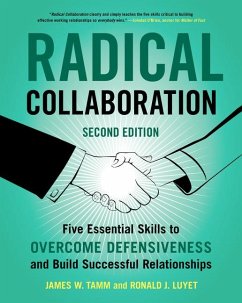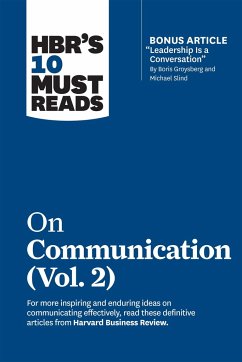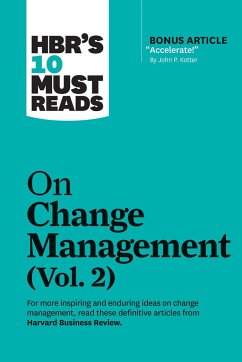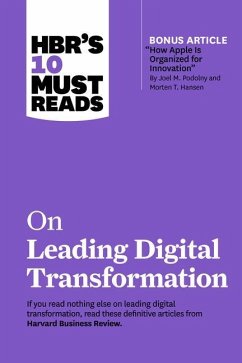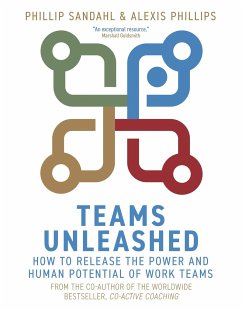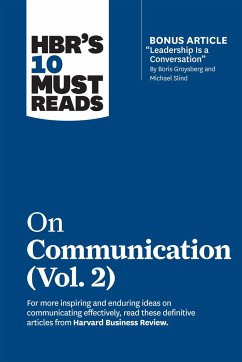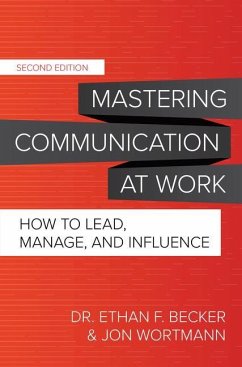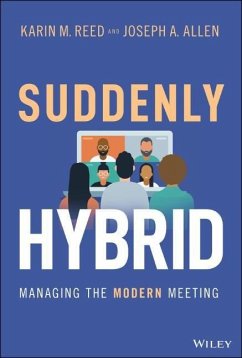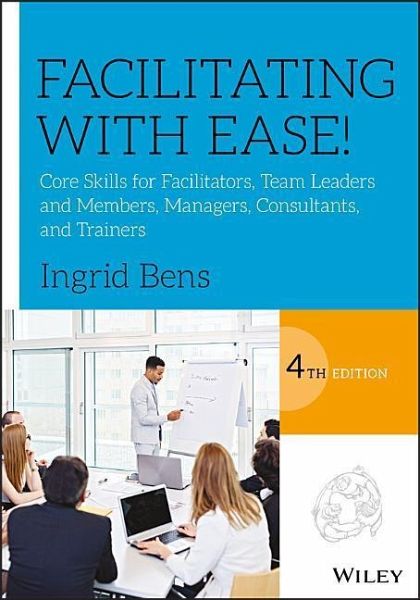
Facilitating with Ease!
Core Skills for Facilitators, Team Leaders and Members, Managers, Consultants, and Trainers
Versandkostenfrei!
Versandfertig in über 4 Wochen
72,99 €
inkl. MwSt.
Weitere Ausgaben:

PAYBACK Punkte
36 °P sammeln!
FACILITATING WITH EASE! Since the publication of the first edition of Facilitating With Ease! in 2000, this bestselling book has become the "go-to" reference for anyone who wants to become skilled in the art of facilitation. These pages are filled with dozens of tools and techniques, surveys and processes to help you make all of your meetings more productive. This latest edition includes a new chapter about how to use questioning to achieve specific goals. It also features a comprehensive collection of structured conversations complete with step-by-step notes for conducting meetings virtually....
FACILITATING WITH EASE! Since the publication of the first edition of Facilitating With Ease! in 2000, this bestselling book has become the "go-to" reference for anyone who wants to become skilled in the art of facilitation. These pages are filled with dozens of tools and techniques, surveys and processes to help you make all of your meetings more productive. This latest edition includes a new chapter about how to use questioning to achieve specific goals. It also features a comprehensive collection of structured conversations complete with step-by-step notes for conducting meetings virtually. Facilitating With Ease! also includes: An overview of the core practices at the heart of facilitation A primer of when and how to use questions Guidance for leaders about how to manage neutrality Important tools for helping groups make important decisions Detailed process notes for complex group meetings Praise for FACILITATING WITH EASE! "If you're only going to buy one book on facilitation, this is the one to buy! That's what we tell the managers, consultants and facilitators who attend our facilitation training programs. It's a gold mine of ideas, resources and practical tools." Ronnie McEwan, Director, Kinharvie Institute, Glasgow, Scotland "I have rarely run into a better collection of pragmatic tips, tools and techniques. If you work with people to accomplish something important, save yourself a lifetime of trial and error: read this book, put its message to use, and start seeing where real collaboration can lead your organization." Adriano Pianesi, ParticipAction Consulting, Inc., Washington DC "Ingrid Bens' masterful book Facilitating With Ease! is a must-have for any facilitator regardless of experience. I use it extensively to review processes, tools and techniques before any engagement." George F. Smith, CPF, Summit Consultants, Atlanta, Georgia "Facilitating With Ease! provides clear and effective guidelines for group facilitation. In China we are using this book to help organizations develop facilitative leaders who can successfully invoke the spirit of cooperation and team synergy." Ren Wei, Professional Facilitator, X'ian, China "Facilitating With Ease! helps beginners as well as experienced facilitators to find their way along different aspects of facilitation. Easy to understand, this book provides insight into the principles of facilitation and shows examples of practical applications for concrete situations." Sieglinde Hinger, Siemens Corporation, Austria





